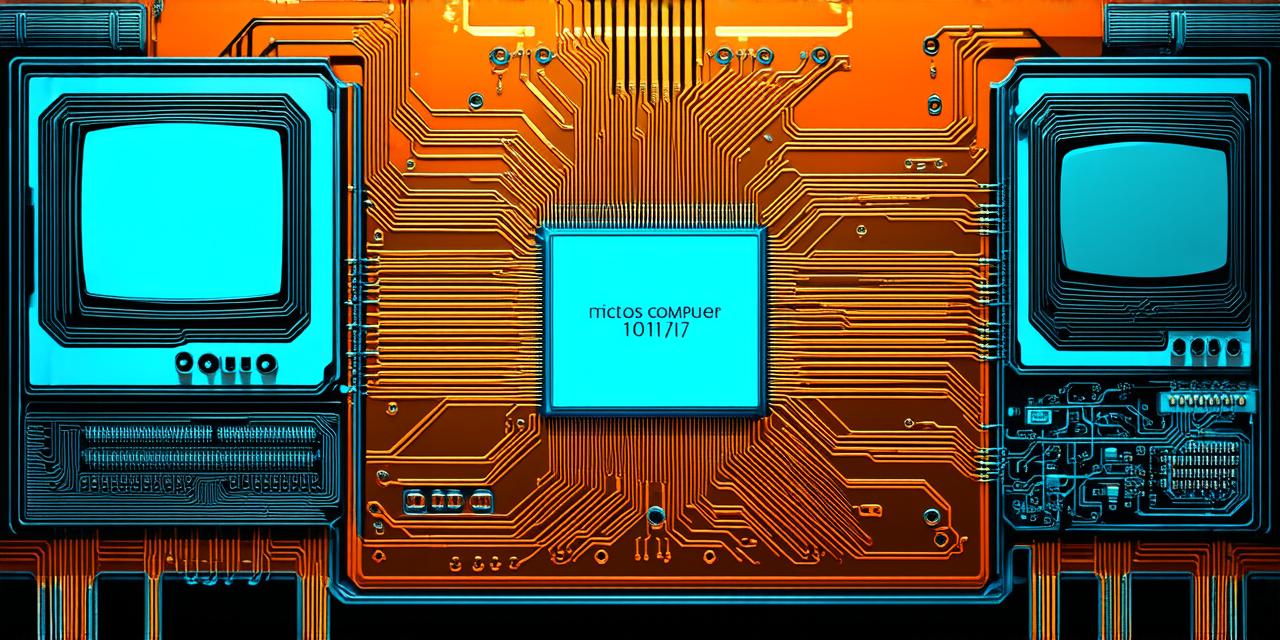Introduction:
Computer vision technology is a rapidly evolving field that involves the use of algorithms and machines to interpret and understand visual information from the world around us. This technology has been around for decades, but it’s only in recent years that we’ve seen significant advancements in its capabilities. In this article, we’ll explore the history of computer vision technology and how it’s impacted society.
1. The Early Days of Computer Vision:
Computer vision technology can be traced back to the 1950s when researchers first started using computers to process visual data. One of the earliest examples of this was the work of Edwin Catmull, who developed a system for detecting edges in images using a mathematical algorithm. This was a major breakthrough in computer vision technology as it allowed computers to see objects and shapes in a way that wasn’t possible before.
2. Object Detection:
One of the most common tasks in computer vision is object detection, which involves identifying and locating objects within an image or video frame. This can be done using a variety of techniques, including edge detection, feature extraction, and machine learning algorithms. Early object detection systems were limited in their accuracy and speed, but they laid the foundation for more advanced technology.
3. Image Classification:
Image classification is another important task in computer vision, which involves categorizing images based on their content. This can be done using a variety of techniques, including support vector machines (SVMs), artificial neural networks (ANNs), and deep learning algorithms. Early image classification systems were limited in their accuracy, but they paved the way for more advanced technology that could accurately classify objects in complex scenes.
4. Facial Recognition:
Facial recognition is a relatively new field of computer vision that involves identifying individuals based on their facial features. This technology has become increasingly popular in recent years due to its ability to improve security and convenience in various applications, including unlocking smartphones and accessing secure buildings. Early facial recognition systems were limited in their accuracy, but they laid the foundation for more advanced technology that can accurately identify individuals from large databases of images.
5. Autonomous Vehicles:
One of the most exciting applications of computer vision technology is autonomous vehicles, which use cameras and sensors to interpret the environment around them and make driving decisions. Early autonomous vehicle systems were limited in their capabilities, but they laid the foundation for more advanced technology that can safely navigate complex environments and reduce accidents on the roads.
6. Healthcare:
Computer vision technology has also found applications in healthcare, including the diagnosis of diseases and the monitoring of patients. For example, computer vision algorithms can be used to analyze medical images such as X-rays and MRIs to detect anomalies that may be missed by human doctors. Additionally, computer vision systems can be used to monitor patients’ movements and activity levels, providing valuable insights into their health and wellbeing.
7. Robotics:
Computer vision technology is also critical for robotics, which involve the use of machines to perform tasks in a variety of environments. For example, computer vision algorithms can be used to interpret data from sensors on robots, allowing them to navigate complex environments and perform tasks such as grasping objects and avoiding obstacles.
8. Summary:
Computer vision technology has come a long way since its early days, and it continues to evolve rapidly as researchers and engineers develop new algorithms and machines that can interpret and understand visual information in increasingly sophisticated ways. The impact of computer vision technology on society is already significant, and we can expect to see even more exciting applications in the future. Whether you’re a computer vision developer or simply someone who’s interested in this fascinating field, it’s important to stay up-to-date with the latest developments in order to fully appreciate the potential of this technology.
FAQs:
Q: What is computer vision?
A: Computer vision is a field of artificial intelligence that involves the use of algorithms and machines to interpret and understand visual information from the world around us.
Q: What are some common tasks in computer vision?
A: Some common tasks in computer vision include object detection, image classification, facial recognition, and autonomous vehicles.
Q: How has computer vision technology impacted society?
A: Computer vision technology has had a significant impact on society, including improving security and convenience in various applications, as well as advancing fields such as robotics and healthcare.
